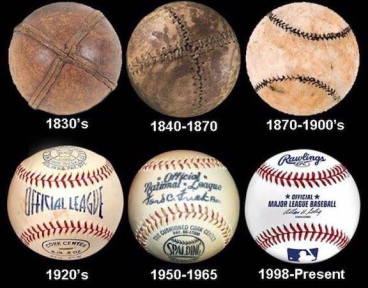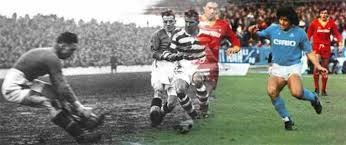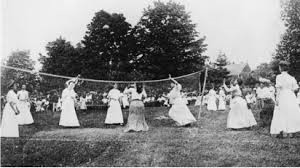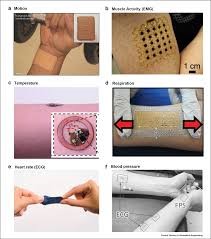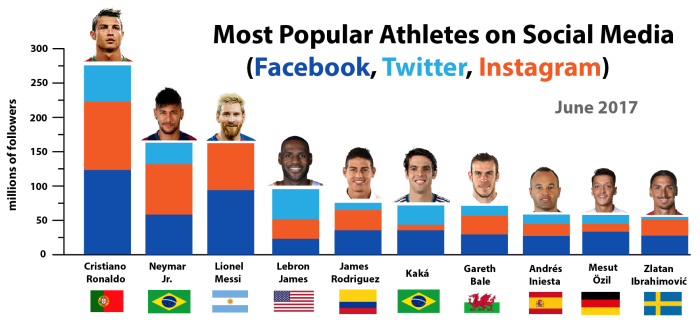I reviewed 3 of my classmates’ pitches for their digital artifact. I made comments on their post to give them critical feedback. I learned how to give feedback that was critical yet did not come off rude or uninterested. The whole experience was good for me. It made me feel a little bit better about my digital artifact because it is broad and other pitches are also broad. The comments that I made were under initial research, I think something that I could improve on is taking a second look at each of their pitches. The approach that I took was that I wanted to give them scholarly resources. I wanted to provide each of them with experts work to read on. I then thought about the DA and thought about questions, and if I had any answers to the questions. My signature was letting them know that if they have any questions or want to pick my brain about something I am available. I initially did this because its a graded assignment, but after thinking about questions and doing research I enjoyed going further into the topics and helping them out.
My first review pitch is Liam Porret. He aspires to eliminate plastic packaged products from supermarkets and replace with refillable stations. His DA is going to be a series of blog posts about his research. He plans to link them to Facebook, Twitter, and Reddit. His pitch was clear and to the point. It was evident that he did some research already. He seemed excited about the topic.
I searched Google and looked at the UOW library for some resources. I found and linked multiple scholarly and news articles for him to research. I challenged him with some questions to think about. I also answered some of those questions with suggestions that he could further look into. I also let him know that if he wants to ask me any questions he can message me.
I think I gave him some good advice and good feedback.

My second pitch review is Lachlan Smith. His DA concepts involve the integration of artificial intelligence in the fashion industry and looking at the medium term, 10-20 years into the future. The purpose of his DA was clearly stated. He is going to showcase his fashion ideas using a Prezi presentation. He seemed enthusiastic about his approach and contribution to the fashion industry. I can tell he already did some great research.
I provided a series of scholarly articles and a popular cultured movie scene to help him out with research. I have provided links to apps that I think will help him. Also went over some questions that I had. I let him know that if he needs to ask me any further questions, he can message me. His topic is interesting as it is related to the future of fashion and I like it. I believe I helped him out. I know that he is looking into marketing for the customer, I guess I could have researched a little bit more for him about that.

The last pitch review is Tim Dalton. He wants to predict the culture of the residence in universities accommodations, specifically in his dorm. It seems that he is continuing on a former DA, which he explains in his 100 word description. He states that the end goal is to predict the future of residence culture. I believe he plans to post on Instagram and WordPress about his progress in finding out why there is a change in his dorm.
I provided him with many scholarly articles that went into different avenues because I felt his idea is really broad. I also recommended some survey questions he could ask the people living in his accommodation because he said he wants to take a journalistic method of gathering data. I gave him some pointers to think about in his search for why his dorms environment changed.
I am still not entirely sure what his DA is going to be. But I believe that I helped him narrow down or just think about some topics. I let him know that he could pick my brain if he needed to. I think I gave him good resources and advice to help him with his DA.

None of my classmates that I reviewed have responded to my feedback. So I am not sure if that is a good sign or not, but I put some effort into my comments and I am proud.
Amanda Bustos

